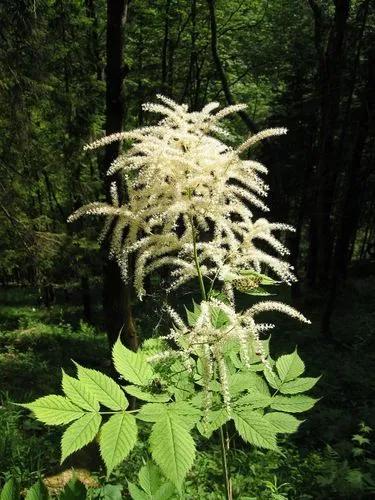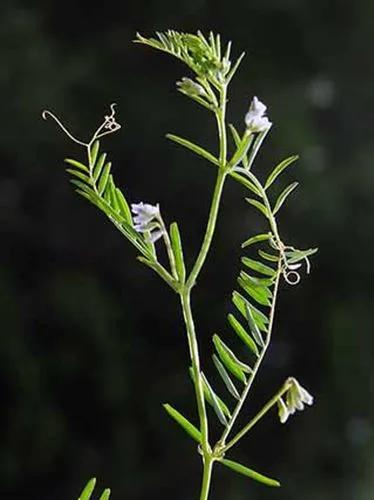Grass Pea is a true survivor in the world of plants. This legume has worn many hats over the centuries, from a reliable food source to a wizard at fixing nitrogen in the soil. Now, it can be your star in the garden.
Grass Pea Care
Lathyrus sativus



Grass Pea is an annual legume that usually stands at a height of 1-3 feet (30-90 cm). Its leaves are made up of smaller, lance-shaped leaflets that create a pinnately compound pattern. Adding to its charm, its butterfly-like flowers, its main identification feature, flaunt various hues like white, pink, and purple, which, by the way, are quite the attraction for pollinators.
How to Care for the Plant

Container

Choose a container at least 1 ft (30 cm) deep and 1.5 ft (45 cm) wide when planting Grass Pea. Plant the seeds apart, and thoroughly water the soil. Keep the soil moist and warm, and the seeds will germinate in 3 to 4 weeks.

Fun fact

Grass Pea is highly drought-resistant and grown in arid regions for food security due to its edible, protein-rich seeds. Caution is needed as the seeds contain a neurotoxin, ODAP, which can lead to lathyrism when consumed in large quantities.

Popularity

14 people already have this plant 2 people have added this plant to their wishlists
Discover more plants with the list below
Popular articles






